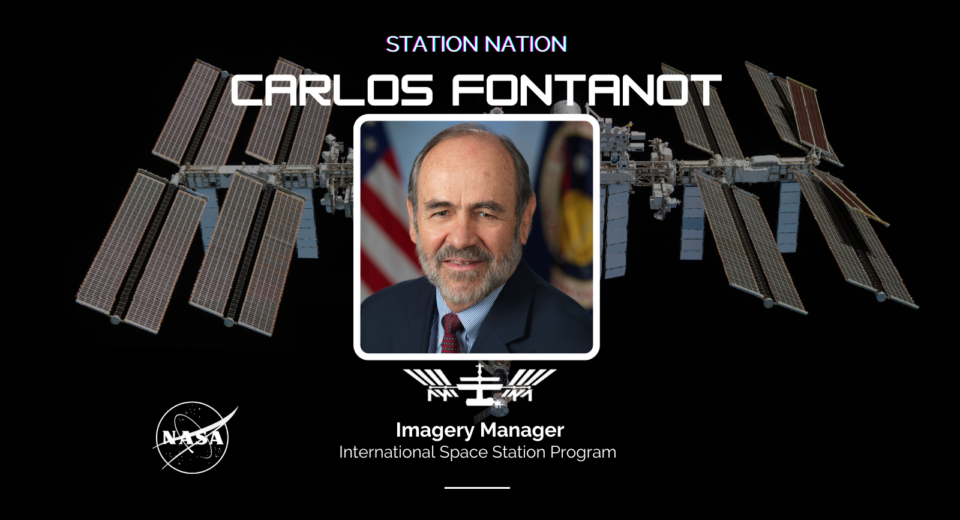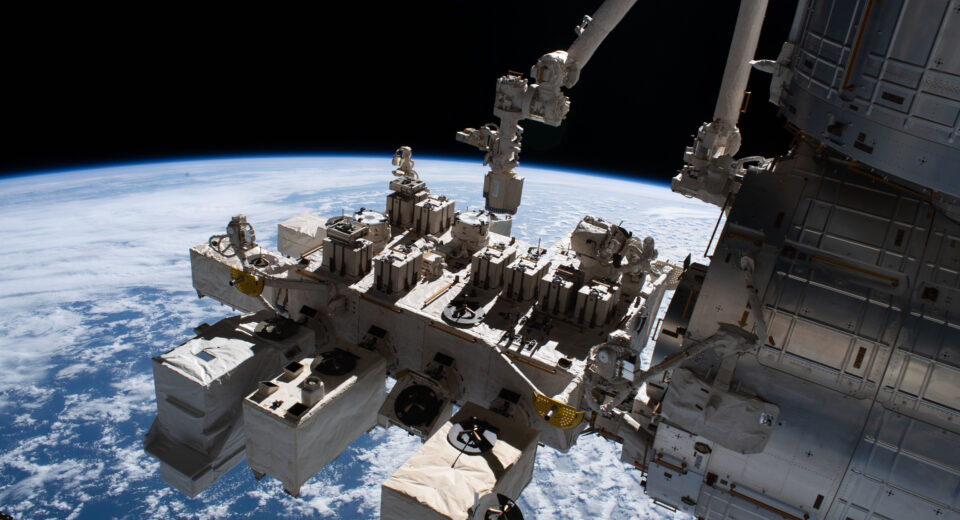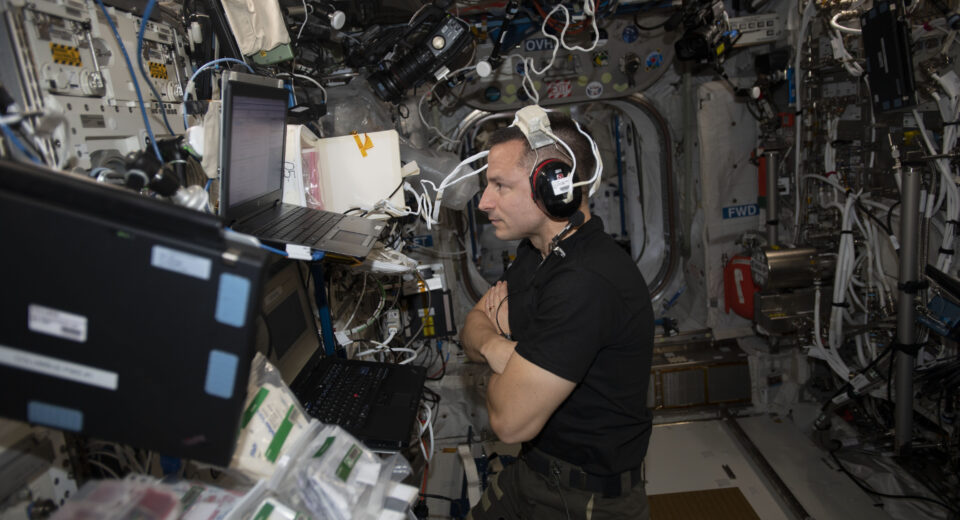Beyond the Console: Kenneth Attocknie’s Mission to Bridge Cultures at NASA
From the Mission Control Center to community celebrations, Kenneth Attocknie blends safety expertise with a commitment to cultural connection. For the past 25 years at NASA, Attocknie has dedicated his career to safeguarding the International Space Station and supporting real-time mission operations at Johnson Space Center in Houston. As a principal safety engineer in the […]







